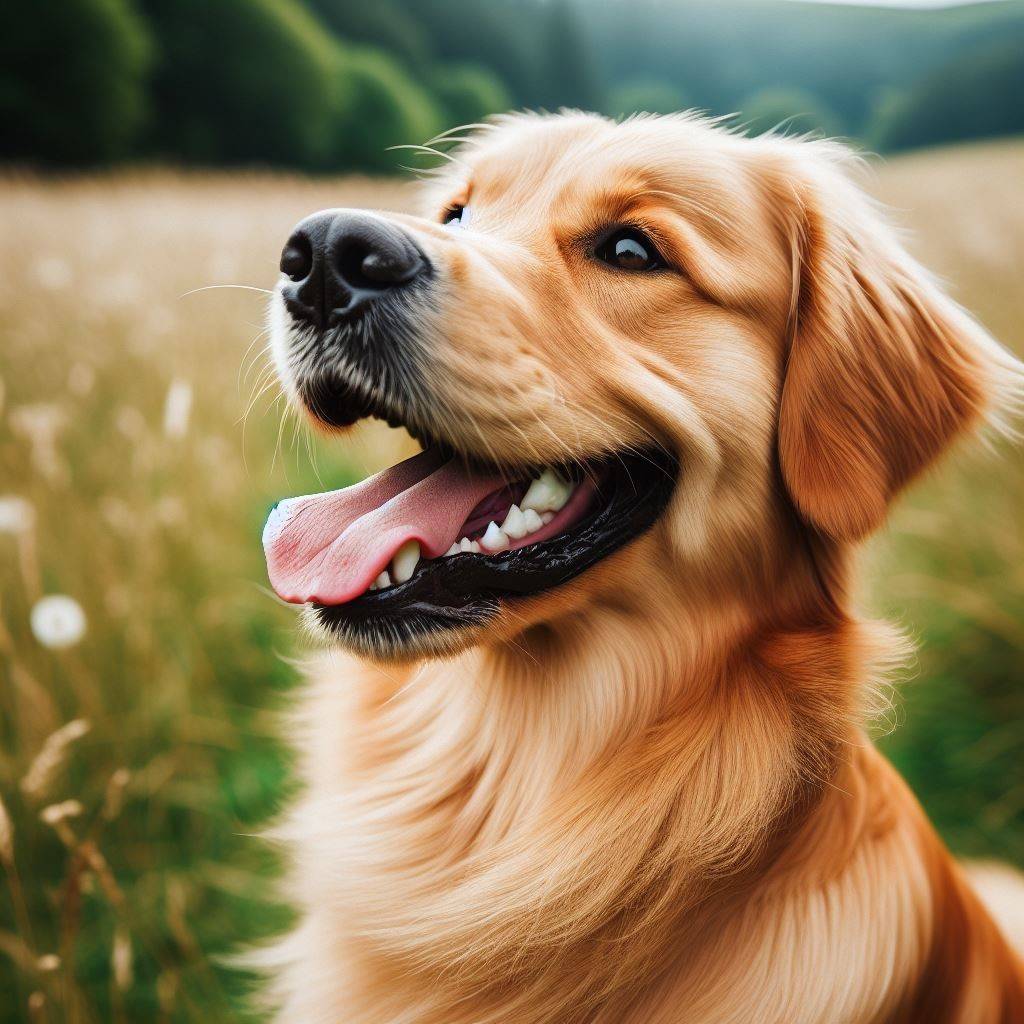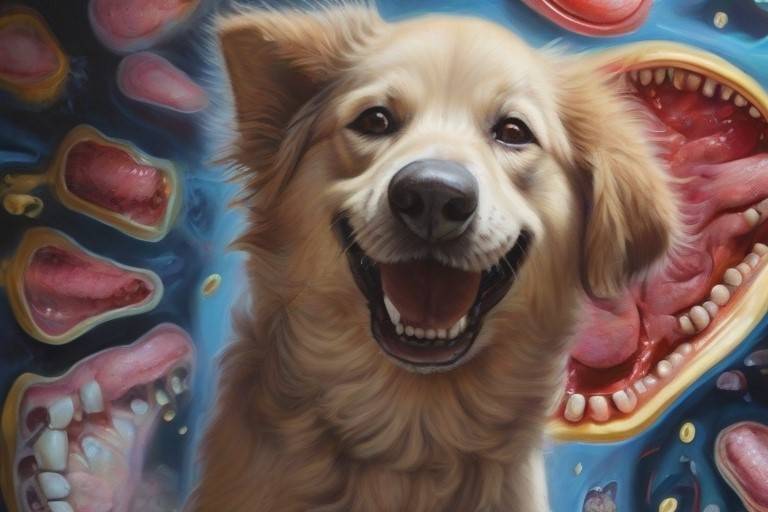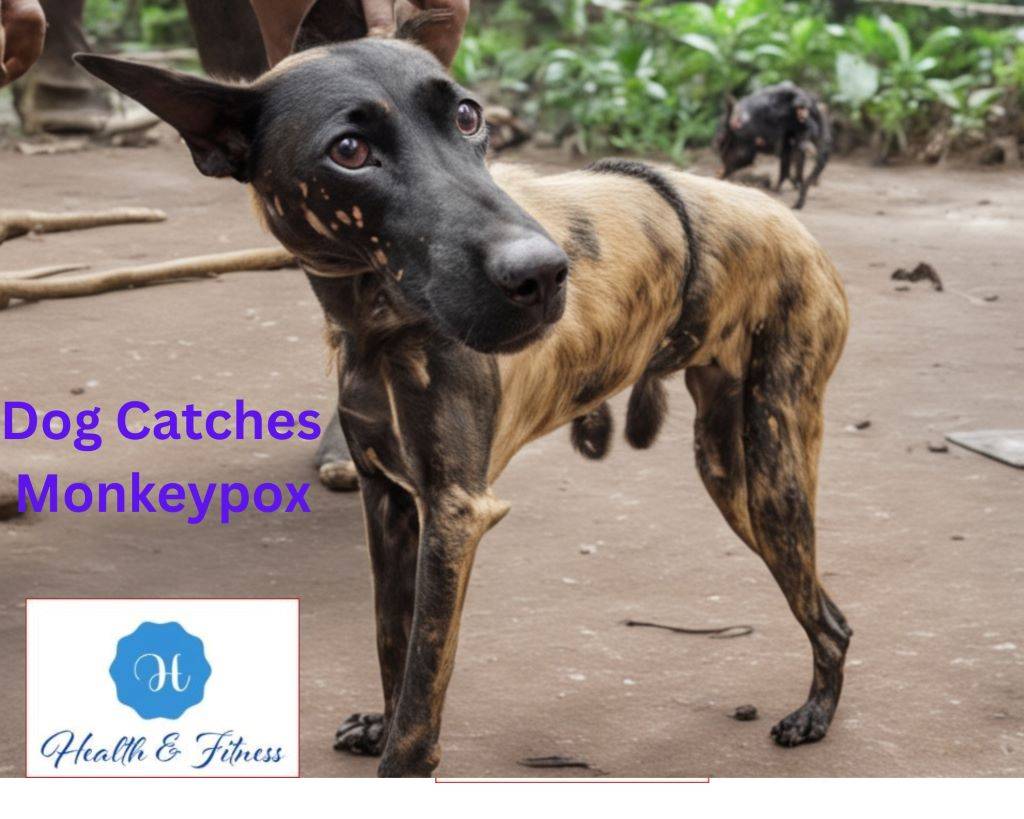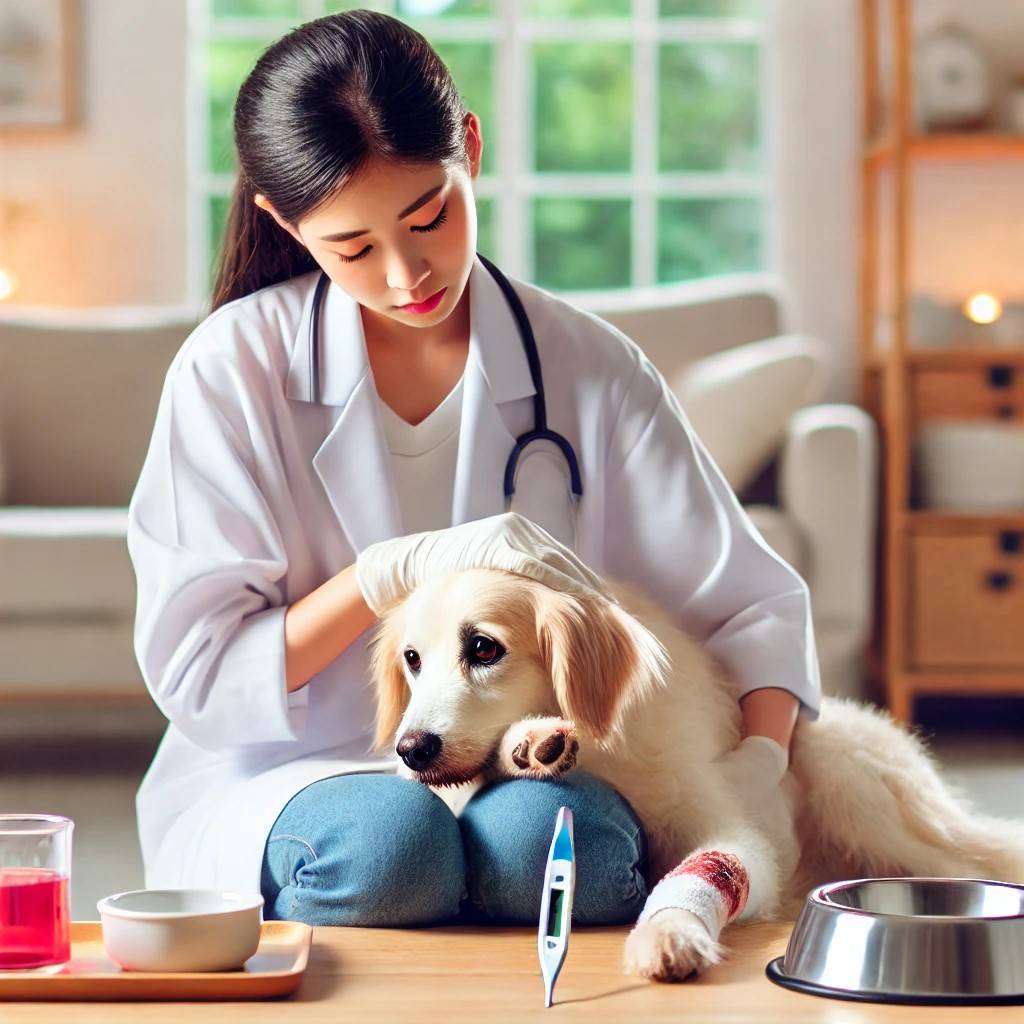Discover the Healthy Dog Gums Revolution—your guide to transforming pet health with expert care. Unlock the secrets to canine wellness for happy, vibrant smiles.
Key Takeaways on Healthy Dog Gums
| Topic | Summary |
| Importance | Healthy gums are critical for your dog’s oral health and prevent serious medical issues. |
| Signs of Unhealthy Gums | Red, inflamed, bleeding, or receding gums indicate gum disease. |
| Causes | Plaque and tartar buildup, genetics, trauma, and other diseases. |
| Prevention | Brushing, dental chews, and regular vet cleanings. |
| Treatment | Professional dental cleanings, antibiotics, anti-inflammatories, and home care.
|
Despite the critical importance of healthy dog gums, gum disease affects over 80% of pups by age three. As dog parents, we should pay attention to Fido’s gum health. However, unhealthy gums and periodontal disease in dogs can negatively impact their quality of life and shorten their lifespan. That’s why every dog owner needs to understand what healthy dog gums should look like, what causes gum problems, and how to transform their pup’s gum health starting today!
Why Healthy Dog Gums Matter

While it may be out of sight and out of mind, unhealthy gums, and periodontal disease in dogs can wreak havoc in ways dog parents may not realize. Here’s why paying attention to your pup’s gum health is so important:
Prevents Pain and Discomfort
- Inflamed, infected, or receding gums are painful for pups! Keeping your dog’s gums healthy prevents oral discomfort.
- Swollen gums make it harder for dogs to enjoy chewing and eating. Healthy gums are comfortable for dogs.
Avoids Serious Medical Conditions
- Gum disease allows bacteria to enter the bloodstream and travel to vital organs like the heart, kidneys, and liver.
- This can lead to systemic infections, organ damage, or even organ failure over time, shortening lifespans.
- Treating gum disease protects your dog’s entire body from harmful bacteria.
Optimizes Nutrient Absorption
- Unhealthy gums and missing teeth make it harder for dogs to chew food properly.
- This limits nutrient absorption from their diet, affecting all aspects of their health over time.
- Caring for your dog’s mouth optimizes its ability to utilize the nutrients in its food.
So, in summary, healthy dog gums prevent pain, avoid serious medical issues down the road, and allow dogs to digest their food for better health.
Signs Your Dog Has Unhealthy Gums

How do you know if your precious pup is struggling with gum issues? Here are some of the most common signs of unhealthy gums and periodontal disease in dogs:
- Red, Swollen, or Inflamed Gums– Healthy gums should be bubblegum pink. Red, puffy, or inflamed gums indicate infection and inflammation.
- Receding Gums– If you spot gaps between your dog’s teeth and gums, the gums are receding because of infection or inflammation.
- Bleeding Gums– Gums that bleed easily when touched or while eating are diseased gums that are healing.
- Breath, foul breath that smells rancid, can stem from rotting food particles and bacterial growth on unhealthy gums.
- Loose or Missing Teeth- Severely diseased gums weaken their hold on teeth, eventually causing tooth loss.
- Discoloured Teeth– A buildup of tartar and plaque on the teeth can also indicate deterioration of the gums and tooth roots underneath.
If you notice any of the above symptoms frequently, take your pup to the vet as soon as possible for an oral exam. Catching gum disease early vastly improves the chances of reversing the damage before it becomes too severe. But left untreated for too long, gum disease can destroy the bone and ligaments holding teeth in place – eventually causing permanent tooth loss.
What Causes Unhealthy Dog Gums?

A variety of factors can contribute to gum disease in dogs, including:
Plaque and Tartar Buildup
As food particles, bacteria, and saliva accumulate on the tooth surface, they combine to form a substance called plaque. Over time, minerals in the saliva harden the plaque into tartar along and underneath the gum line. The bacteria in plaque and tartar then cause infection and inflammation of the gums, which starts periodontal disease. Dogs with heavy tartar buildup tend to have the most severe gum issues.
Genetic Predisposition
Some breeds like Boxers, Cavalier King Charles Spaniel, and Toy Poodles are genetically prone to gum disease, while other sturdy breeds have healthier mouths. If your pup is predisposed, be extra diligent about prevention and care.
Systemic Illnesses
Medical conditions like diabetes, kidney disease, or cancer compromise the body’s ability to fight infection. This makes dogs with these illnesses more vulnerable to severe gum disease.
Trauma or Injuries
Mouth wounds, broken teeth, or abnormal bite alignment (malocclusion) put extra strain on gums. This added trauma means those areas need even more attention to prevent infection.
While genetics and medical conditions can increase your dog’s risk, inadequate oral hygiene is the most common cause of unhealthy gums. Without sufficient brushing, chewing, or professional cleanings to minimize plaque and tartar, your dog’s mouth bacteria will eventually wreak havoc on their gum health.
Preventing Unhealthy Dog Gums

An ounce of prevention is truly worth a pound of cure for your precious pup’s gum health. Here are proactive steps you can take to promote healthy gums for life:
- Daily Tooth brushing– Ideally, use dog-safe toothpaste, a soft brush, and a technique guided by your vet. This physically removes plaque before it irritates gums.
- Dental Chews– Look for VOHC-approved brands with enzymes to help control bacteria growth under the gum line. Can supplement (not replace!) brushing.
- Regular Vet Cleanings– Only the vet can fully remove all built-up tartar down to the gum line and below. Usually needed 1-2 times yearly, depending on breed and dental habits.
- Balanced Diet– Pick quality kibble promoting healthy dog gums through antioxidants and polyphosphate
- Fresh Water– Keep clean water filled and available. Helps neutralize mouth acids and wash away food particles.
- Stop sharing food. Human food often sticks to dog teeth longer, feeding bacteria. Stick to chewing dog toys and treats instead.
Establishing good at-home prevention while young makes a lifetime of healthy dog gums achievable. But introducing brushing and chews at any age can still turn around unhealthy gums.
Treating Unhealthy Dog Gums
If those swollen, bloody gums signal it’s too late for prevention, prompt treatment is necessary. Here are common options vets use to restore gum health:
Professional Dental Cleanings
Allowing the vet to fully clean above and below the gum line is often the only way to regain infection control for moderate-to-severe gum disease. Depending on the severity, the vet may need to:
- Remove plaque and tartar under the gums
- Smooth damaged areas on tooth roots
- Extract badly diseased teeth that cannot be saved
- Take X-rays to check the bone loss of the tooth roots
Some cases require repeat cleanings every 4-6 months until the infection is under control.
Medications
- Antibiotics– If the infection has spread through the body or affected organs, treat systemic issues.
- Anti-inflammatory drugs- Powerful anti-inflammatories reduce swelling and discomfort in severely inflamed gums.
- Pain medication– If gum disease is causing obvious distress, pain relievers keep dogs comfortable.
Medications can get an acute gum infection under control while continuing prevention and home care.
At-Home Follow-Up Care
After professional treatment, diligent home care is mandatory to prevent recurrent severe gum disease. This includes:
- Daily brushing
- Tasty dental chews
- Antimicrobial mouth rinse from the vet
- Regular oral checkups
A mouth full of unhealthy gums seems overwhelming, but prompt treatment plus prevention gives the power to transform gum health. By taking action for your dog’s gum problems today, you can reverse their mouth and quality of life for years by achieving healthy dog gums again!
Conclusion about Healthy Dog Gums
Healthy Dog gums seem small amidst all the pet care demands dog owners juggle. But whether genetic or preventable, gum disease takes a huge toll on dogs. From excruciating mouth pain to elevated risk of diabetes and kidney and heart disease, unhealthy gums diminish both length and quality of life. But with vigilance to spot early warning signs, proactive prevention habits, professional treatment when needed, and lots of , every dog can have the bright eyes, fresh breath, and glowing smile they deserve – for more years of health and happiness with their favorite humans by their side.
FAQs about Healthy Dog Gums
Here are the common frequently asked questions about Healthy Dog Gums and the best answers for them.
What do unhealthy dog gums look like?
Unhealthy dog gums may be red, swollen, or inflamed instead of light pink. You might also notice tartar or plaque buildup on the teeth near receding gums. Another sign is bleeding when you touch the gums or raw-looking patches. Anything that looks irritated, painful, or infected points to gum trouble.
Can a dog’s gums be black?
It’s rare, but sometimes a dog’s gums can turn black or purple-black. This is usually a symptom of some underlying major health issue. It signals poisoning or a problem with blood oxygen circulation and requires prompt emergency vet care to figure out the cause. Don’t panic, but don’t wait on this one.
What are pale gums in a dog?
Pale or white gums in dogs, instead of the normal bubblegum pink shade, often indicate anemia from blood loss, critical dehydration, certain toxins, or cancer. It means oxygen isn’t getting delivered well to tissues. Catching any gum color change early and investigating why with your vet can reveal serious illnesses before it’s too late. Stay observant!
What do unhealthy gums look like?
Compared to firm, pink, healthy gums, unhealthy gums tend to be scowling, irritated, and painful. You’ll see redness, swelling, bleeding, and sores rather than smooth, evenly colored gum tissue tightly around each tooth. There may also be yellowish tartar buildup at the gum line and a foul odour, indicating infection. Any gum changes deserve a closer oral exam by you and your vet.



